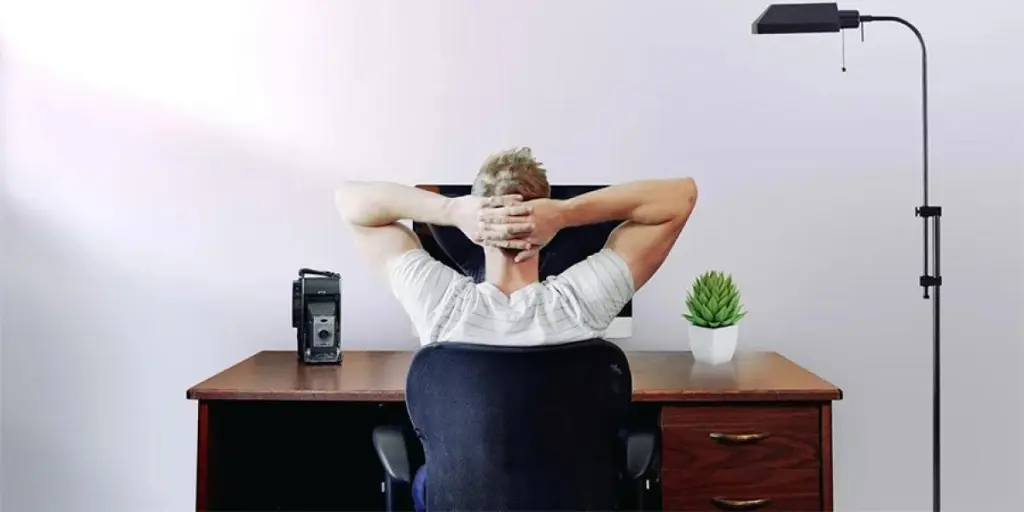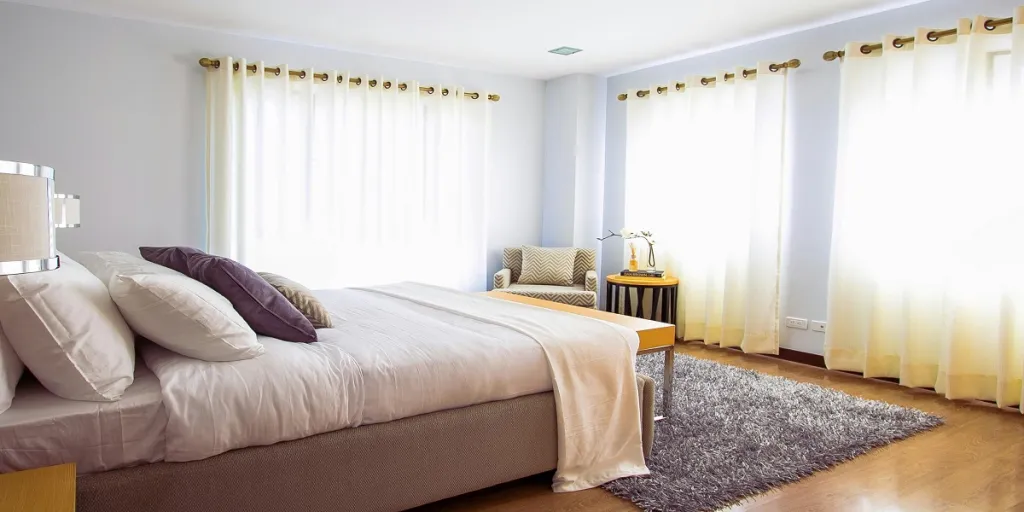At present, the market for home office equipment is probably the largest it has ever been, with the rise in stay-at-home employment over the last couple of years being a significant driver, together with the huge uptake of PC/video gaming/VR equipment. Sedentarism has resulted in lower back pain becoming a serious problem, with over 28% of adults reporting signs of spinal discomfort in the U.S. Ergonomic office chairs offer a simple and elegant solution to this problem.
Research from Boston University suggests that chairs with in-built lumbar support offer significant benefits for those confined to chairs for the majority of their waking day. As a result, the ergonomic office chair market was valued at $12.8 billion in 2020, and it is expected to reach almost $30 billion by 2028. This represents a CAGR of nearly 8.5% between the years 2021-2028. With this in mind, be sure to read on and discover which ergonomic office trends your customers are likely to follow in 2022.
Table of Contents
Elegance and minimalism are key
Maneuverability, durability, and function can prove indispensable
Cost effectiveness and ergonomics are of utmost importance
When deciding which office chair to buy, consumers have generally considered factors such as comfort and quality. Today, however, potential buyers also look for office chairs that are stylish enough to complement their home décor and provide health benefits and comfort. In this article, we will explore major trends and the most popular chair models that best represent them.
Elegance and minimalism are key
The most popular office chairs have almost always been minimalist in their design. By using high-density foam insets and mesh ergonomic backrests, suppliers have managed to provide light-weight and affordable options for consumers. This gives them the option of providing high level fashion and comfort to their consumers at a fraction of the usual price.

Elegant curves and angles are pleasing to the eye, as are neat designs that allow for adjustability. By utilizing butterfly mechanisms, ergonomic office chair manufacturers have grown more and more adept at concealing the nuts and bolts of their creations. This in turn has given rise to a simple, sleek aesthetic that has been popular in home furniture now for almost a century, since the creation of the now iconic Barcelona Chair. It is crazy to think that this type of design, perfected in 1929, is labeled as modernist — despite now being close to a hundred years old. Yet minimal and modernist designs remain extremely popular to this very day — the very definition of a stable trend.

Maneuverability, durability, and function can prove indispensable
Many of the most popular ergonomic chair choices among consumers have a high degree of versatility, durability, and maneuverability. This means high-quality products can be regarded as a long-term investment — rather than a disposable, quick purchase. This can also build brand loyalty, as consumers who have had their needs met are almost certain to return.
Ergonomic office chair manufacturers have long understood the need for functionality in their products. With swivel bases set upon large wheels and adjustable settings, the most popular office chairs are built in a way that allows for easy movement across any indoor surface. Durable designs through hardy materials, such as hard plastic and metal, as well as clever use of weight distribution on the elements of the chair makes this option possible, while such usage with weaker products is bound to create problems. By ensuring that products are built from robust materials, including solid and unbending metals, woods, and plastics, businesses can ensure the maximum security for their customers. Some specific hard materials include the likes of strong but light titanium, oak wood, or injection molded plastics.

Cost effectiveness and ergonomics are of the utmost importance
Cost effectiveness has always been a key concern for consumers, and now perhaps more than ever. Simplicity has never been a problem for potential buyers, as long as the price of the product in question reflects such minimalism. Office chairs that somehow manage to incorporate ergonomic designs while maintaining a lower price are seen as a huge plus, as some of the more popular models on the market show.
Chairs that offer spinal and lumbar support at a lower price provide much needed relief to the spines of those that need it most. Research has shown that ergonomic furniture can provide all sorts of health benefits, from lowering blood pressure to decreased levels of stress and anxiety. In fact, some studies have even gone so far as to imply that home office productivity can be increased by implementing ergonomics into the workspace properly. It is believed that, if implemented correctly, ergonomic chairs can improve productivity from 10% to 15%.
Other aspects that make great selling ergonomic features include height adjustments, comfortable armrests, cup holders and plugs. When choosing ergonomic chairs, consider each part of the body — a chair that is too low will mean that the user’s knees are too high, which in turn will affect the whole posture. Over a long period, this will cause severe discomfort, reduce productivity, and can lead to long-term issues.
The same goes for armrests that are too slim or too bulky, since the users’ arms will slip off or the armests will get in the way when working on the computer. Additional features, such as cup holders and plugs add that extra layer of ease, comfort, and luxury, and are certainly worth investing in for a more luxurious workstation.
Conclusion
Different products are suited to different needs and different customers, however, with trends leaning toward maneuverability, functionality, durability, style, and cost-effectiveness, we can make stable predictions on what customers will be buying this year. The office chair types discussed in this article represent some of the qualities that buyers will be looking for this year.
By providing maximum comfort and style, as well as competitive costs for their customers, companies will have a good chance of putting themselves in the driver’s seat and creating a consumer-supplier relationship that will last longer than any fleeting trend ever could. The need for home-based office equipment is rising, and the question everyone is asking is: “Will suppliers be able to meet the growing demands of consumers for the upcoming year?”




